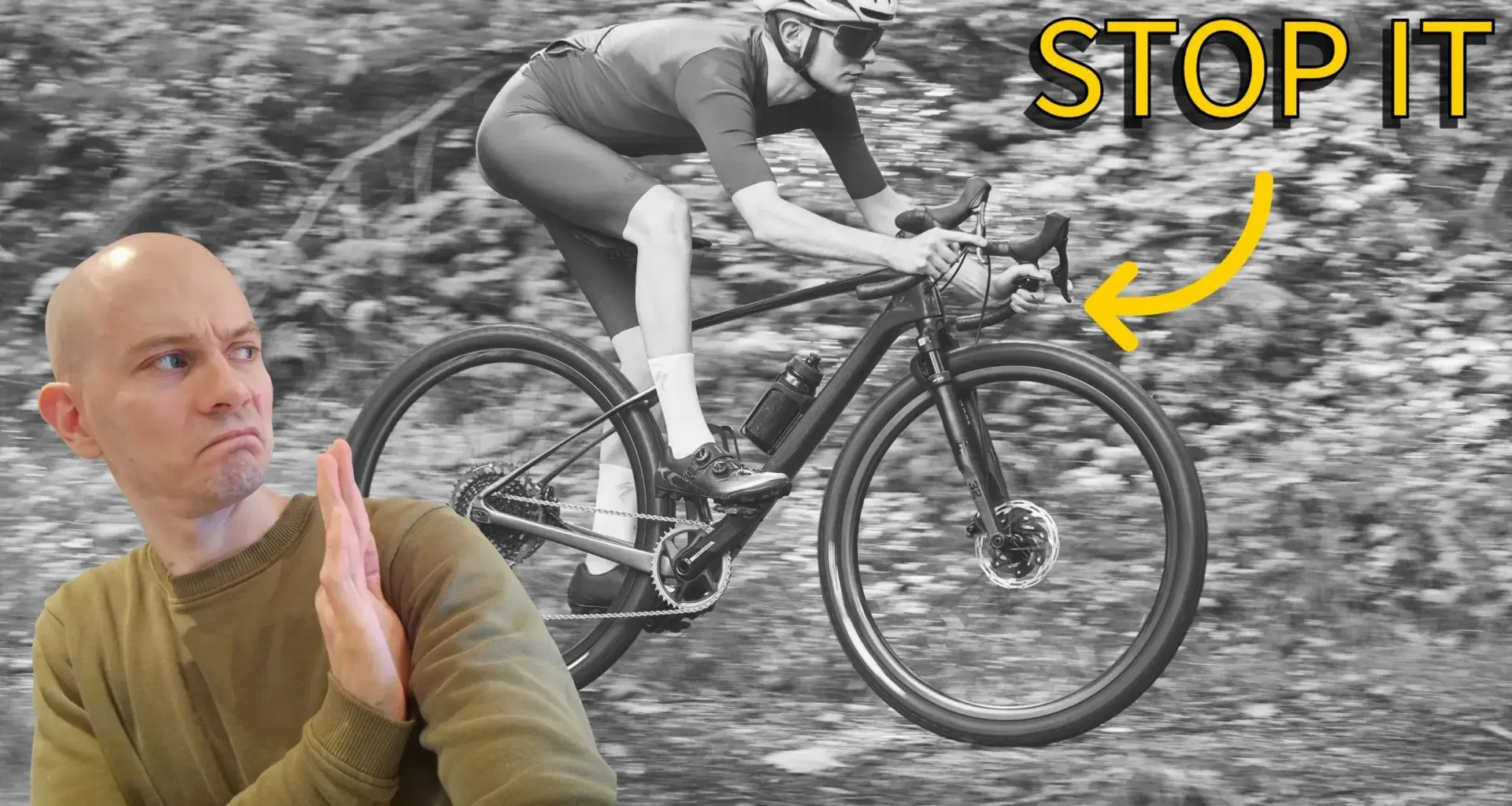Have you purchased a gravel bike in the past 12 years? Were you exposed to marketing imagery of riders throwing roost, slaying singletrack and getting big air? You may be entitled to compensation.
For too long, bike brands have been marketing a largely fictional embodiment of gravel riding that’s out of step with how most people use their bikes.
I love gravel bikes and I think they’re one of the best things to happen to cycling this century, but I also think riders are being sold a false set of expectations, and we should be more thoughtful about examining the riding we do, the riding we want to do and the bike that best suits it.
Related questions you can explore with Ask Cyclist, our AI search engine. If you would like to ask your own question you just need to , or subscribe.
If you would like to ask your own question you just need to , or subscribe.
‘Gravel’: the great misnomer
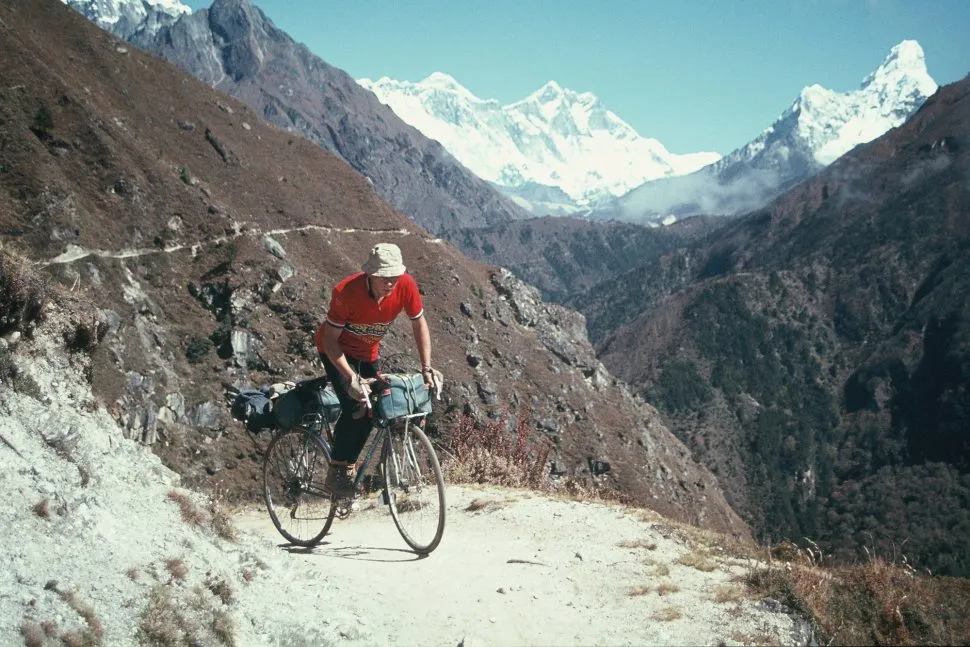 The Rough Stuff Fellowship are arguably the OG gravelistas.
The Rough Stuff Fellowship are arguably the OG gravelistas.
People have been riding drop bar bikes with slightly bigger tyres since drops were invented. Touring bikes, cyclocross bikes, randonneurs, monstercross bikes, gravel grinders (ugh), ‘groad’ (double ugh), all-road, road plus, adventure and, of course, ‘gravel bikes’.
What these sprawling categories broadly have in common is an ability to blur genres. Ride some tarmac, dive into a fire road, explore a little singletrack.
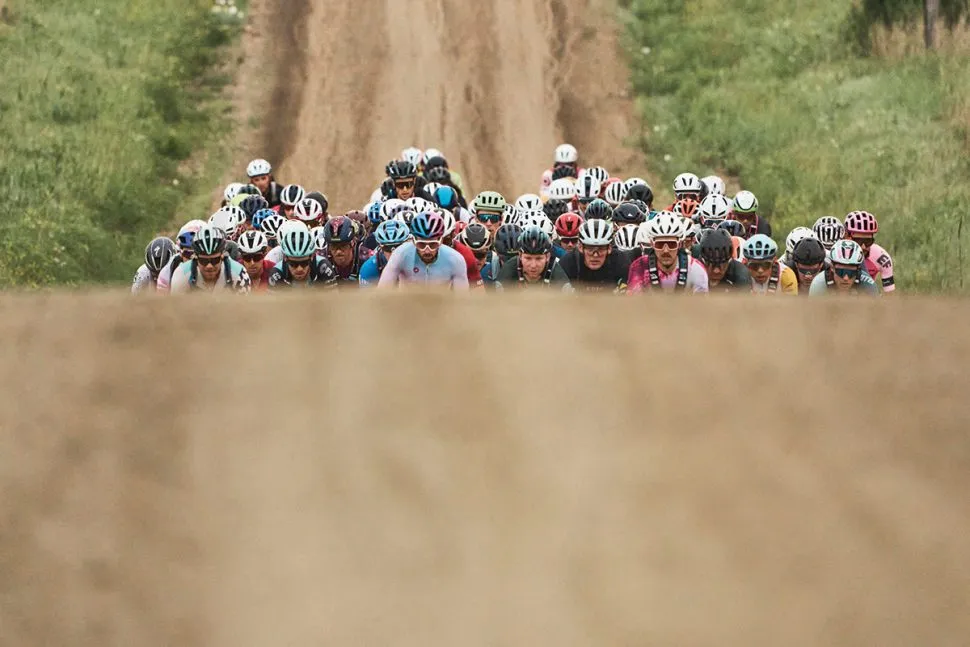 This is not Surrey. Lifetime
This is not Surrey. Lifetime
The oddly-specific ‘gravel’ moniker has stuck in recent years because of the outsize influence of US cycling culture. It conjures notions of endless unmade roads crossing prairies and dusty plains.
Of course that’s not where most gravel bikes get ridden. In Europe, for example, the majority likely divide their time between tarmac and fire roads, maybe with a bit of mellow singletrack thrown in.
You might not know it from the way they’re sold though, nor how the cycling press sometimes represents them (and yes, I’ve been guilty of this too).
 Skidding around is fun but it’s not particularly representative of what gravel bikes are good at. Cyclist
Skidding around is fun but it’s not particularly representative of what gravel bikes are good at. Cyclist
Like faux-SUV crossover vehicles with extra plastic cladding for imagined off-roading, gravel bikes are often depicted bumping down rocky, rooty trails, spraying loam and grit at every turn. It’s easy to see why – it looks cool on camera – but it’s just not how most people ride their gravel bikes most of the time, nor is it a good representation of where a gravel bike shines.
Underbiking – riding a bike at the limits of its technical prowess – can be a lot of fun and I do it all the time, but let’s not pretend gravel bikes are anything but pretty awful on actual MTB terrain.
Even on comparatively tame trails, the riding position is invariably too aggressive or the bars too narrow. Your weight is too high or too far forwards much of the time, and the geometry is too twitchy, while gravel-sized tyres get knocked off-line by all but the smallest rocks.
The blue loop at my local trail centre is rideable on the cheapest, most basic hardtail mountain bike, but on a gravel bike it’s an arm-pumping, neck-aching mess that’s more sketchy than enjoyable.
My gravel bike will beat up your gravel bike
Gravel bikes can certainly be made more capable on technical terrain. You can fit ultra-wide drops, flip your stem to the positive rise position, maybe even go flat bar. But then what would you have? A bad mountain bike.
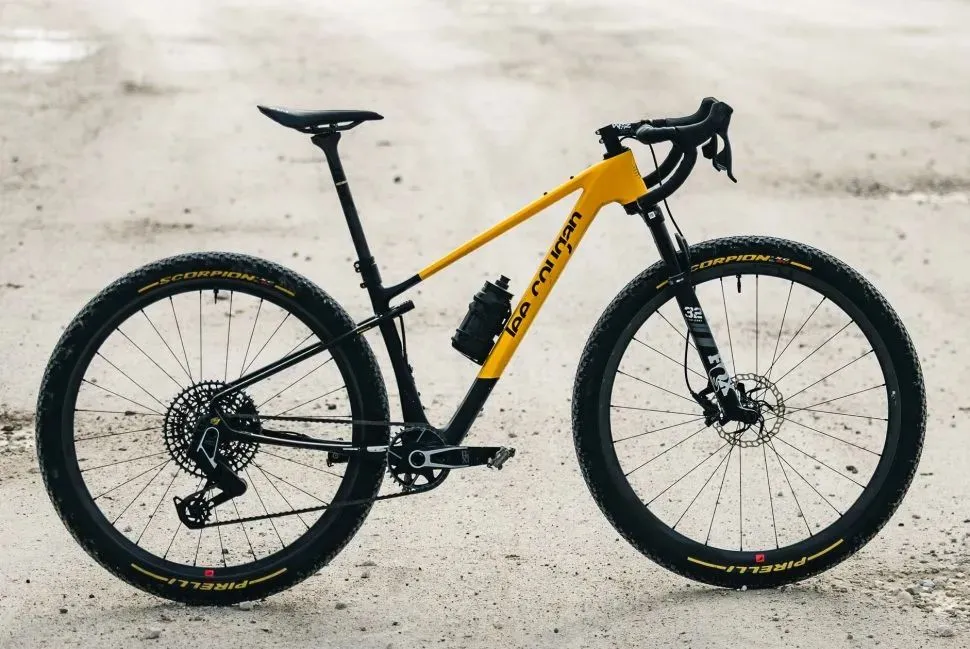 This is not the solution according to my opinion. Lee Cougan
This is not the solution according to my opinion. Lee Cougan
You could do what many brands are currently attempting: stick with conventional drop bars, but add a suspension fork and a dropper. Result? A bad mountain bike.
You know what’s good for mountain biking? A mountain bike.
There’s not much point in upgrading the gnar potential of one part of a bike if it remains compromised elsewhere. A dropper post is a huge asset on a mountain bike because it gets the saddle out of the way for rowdy descents and getting airborne, but the geometry, riding position and handlebar of a gravel bike don’t suit that kind of riding at all.
 This fork is writing cheques the bars can’t cash. Joseph Branston / Cyclist
This fork is writing cheques the bars can’t cash. Joseph Branston / Cyclist
Similarly, a suspension fork will soak up much bigger bumps than even the springiest rigid fork, but if you’re tackling big hits you don’t really want to be perched on road-style drop bars. Modern MTBs have wide, flat bars because they offer far more control.
I’m not saying gravel bikes should never have suspension or dropper posts. I’m glad those are options for the tiny minority whose riding will benefit from them, but those are edge cases that do not represent the typical rider and their needs.
If not gravel bikes, then what should we call them?
The term all-road might actually be the most appropriate. If we treat gravel bikes as exceptionally capable road and touring bikes, they make a lot more sense.
A good gravel bike is speedy on the road and can keep up with pure road bikes with just a change of tyres. It’s the perfect machine for fast, fun riding on fire roads and smooth singletrack.
Gravel bikes can also be fantastic commuters. Their extra tyre clearance makes fitting mudguards easier and all but the raciest models have useful extra mounts for luggage and accessories, which is why they’re the go-to for carrying stuff quickly over long distances and mixed terrain, ie bikepacking.
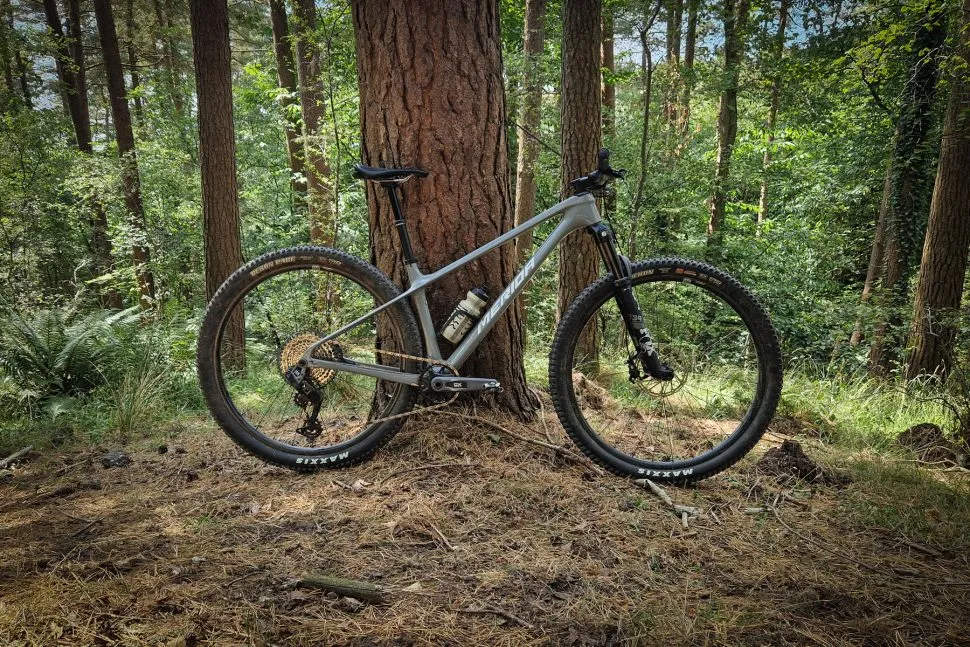 Is this the bike you actually need?Matthew Loveridge
Is this the bike you actually need?Matthew Loveridge
If all that sounds good, a gravel bike will make you very happy. If, on the other hand, your riding is exclusively off-road and you’re more interested in riding steep technical terrain or jumping off stuff, there’s an entire world out there we don’t really talk about at Cyclist. Whisper it, but you want a mountain bike.

